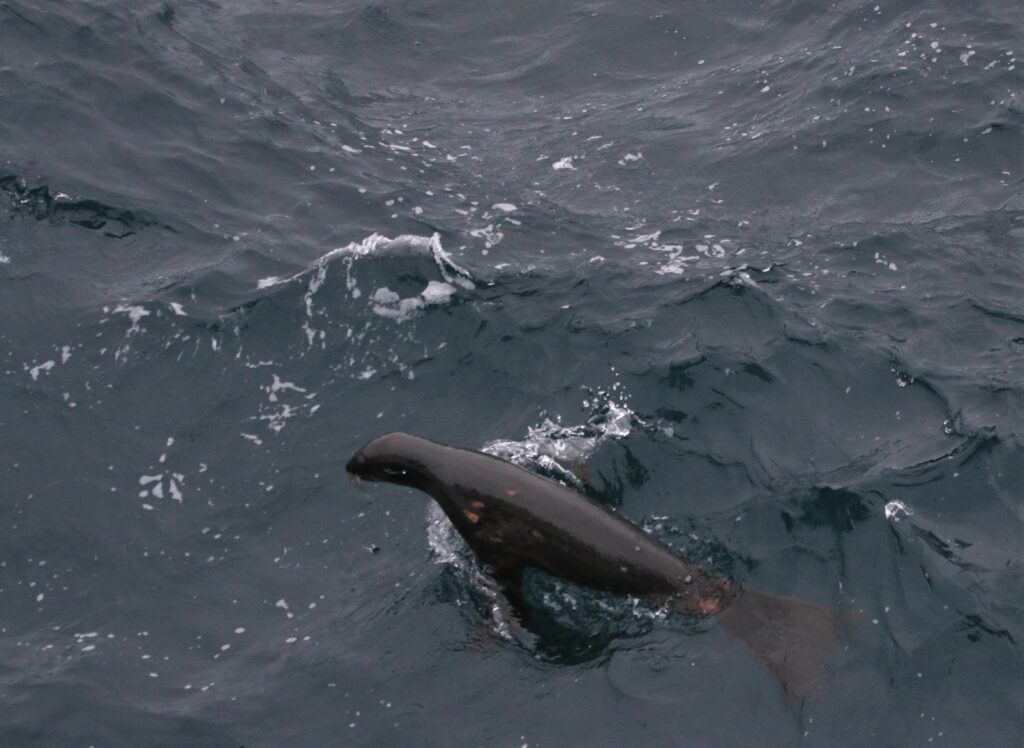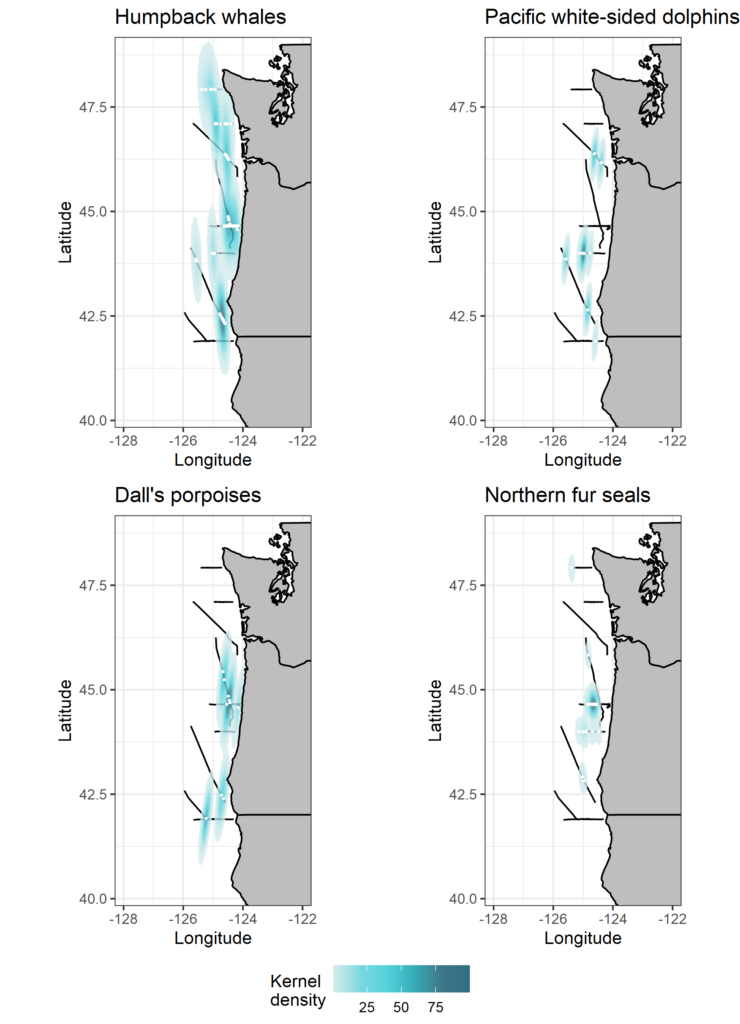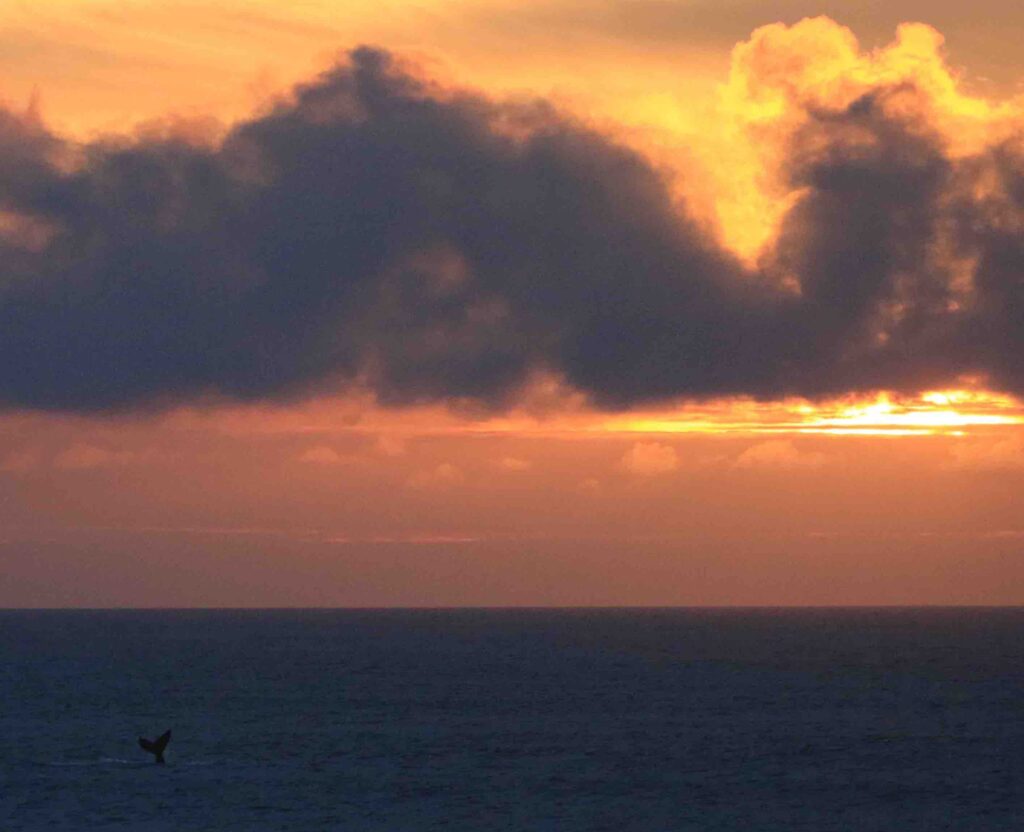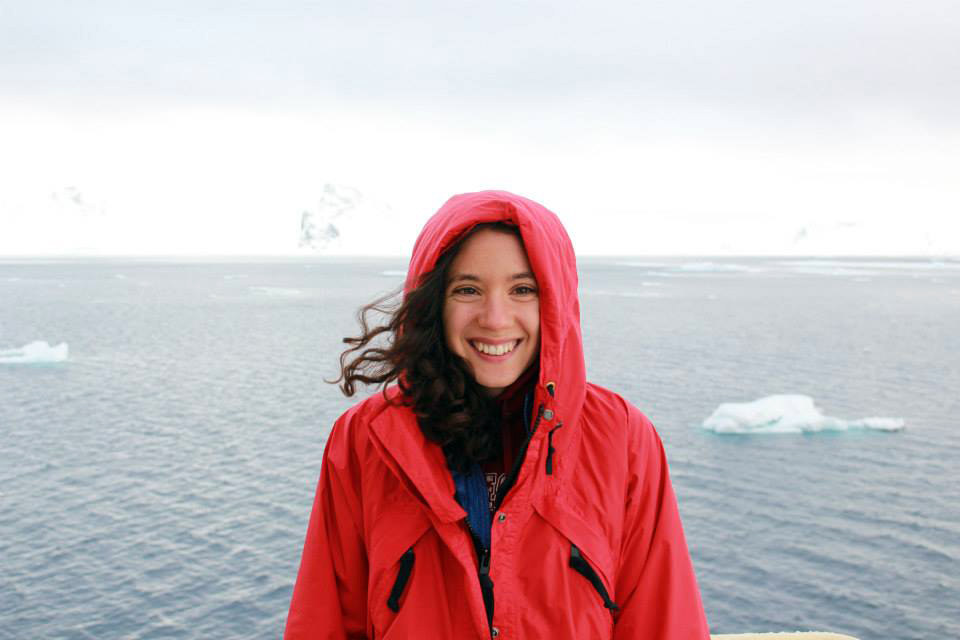By Rachel Kaplan, PhD student, OSU College of Earth, Ocean, and Atmospheric Sciences and Department of Fisheries and Wildlife, Geospatial Ecology of Marine Megafauna Lab
As I solidified my grad school plans last spring, one of the things that made me most excited to join the GEMM Lab was the direct applicability of its research to management and conservation practices. Seeing research directly plugged into current problems facing society is always inspirational to me. My graduate research will be part of the GEMM Lab’s project to identify co-occurrence between whales and fishing effort in Oregon, with the goal of helping to reduce whale entanglement risk. Recently, watching the Oregon Department of Fish and Wildlife (ODFW) Commission in action gave me a fascinating, direct look at how the management sausage gets made.

At the September Commission meeting, ODFW Marine Resources Program Manager Caren Braby presented proposed rule changes in the management of the Oregon dungeness crab fleet. As part of a coordinated effort with Washington and California, the main goal of these changes is to reduce the risk of whale entanglements, which have increased sharply in US West Coast waters since 2014.
With the aim of maximizing the benefit to whales while minimizing change to the fishery, Braby and her staff developed a recommendation for a shift in summer fishing effort, when whales are most abundant in Oregon waters. Based on diverse considerations — including the distributions of humpback whales off Oregon and season fishery economics — she outlined options along what she termed a “spectrum of reduced risk,” which included possible shifts in the fishing season, spatial extent, and number of pots deployed.
Although the GEMM Lab project to provide a robust understanding of whale distribution in Oregon waters is not yet complete, the data collected to-date has already significantly refined knowledge of whale distributions off the coast — and it directly informed the proposed monthly depth limitations for fishing effort. It is never possible to have perfect knowledge of an ecosystem, and resource managers must navigate this inherent complexity as they make decisions. As the GEMM Lab collects and analyzes more data on the distribution of whales and their prey, our ability to inform management decisions can become even more precise and effective.
Braby proposed that the fleet reduce the number of crab pots deployed by 20% and prohibit fishing at depths greater than 30 fathoms, starting May 1, for the next three seasons. The goal of this recommendation is to effectively separate the bulk of fishing effort from the deep waters where humpback whales forage, when they visit their feeding grounds off the coast of Oregon during the summer.

Following Braby’s presentation, a public comment period allowed stakeholders to offer their own opinions and requests for the Commission to consider. Fisherman, lawyers, and members of conservation nonprofits each provided succinct three-minute statements, offering a wide range of opinions and amendments to the proposed rule changes.
This comment period highlighted how truly multifaceted this decision-making process is, as well as the huge number of livelihoods, economic impacts, and types of data that must be considered. It also raised essential questions — how do you make regulations that protect whales without favoring one group of stakeholders over another? How can you balance multiple levels of law with the needs of local communities?
Even during heated moments of this meeting, the tone of the dialog impressed me. This topic is inevitably a contentious and emotional issue. Yet even people with opposing viewpoints maintained focus on their common goals and common ground, and frequently reiterated their desire to work together.
After more than six hours of presentations, comments, and deliberation, the Commission voted on the proposed rule changes. They decided to adopt somewhat more liberal rule changes than Braby had proposed — a 20% reduction in crab pots and a prohibition on fishing at depths greater than 40 fathoms, starting May 1. After three years, the Commission will evaluate the efficacy of these new policies, and plan to refine or change the rules based on the best available data.
Witnessing this decision-making process gave me a new perspective on the questions and context my research will fit into, and this understanding will help me become a better collaborator. Watching the Commission in action also underscored the difficult position managers are often put in. They must make decisions based on incomplete knowledge that will inevitably impact people’s lives — but they also need to protect the species and biodiversity, that also have an innate right to exist in natural ecosystems. Seeing the intricacies of this balancing act made me glad that I get to be part of research that can inform important management decisions in Oregon.






















